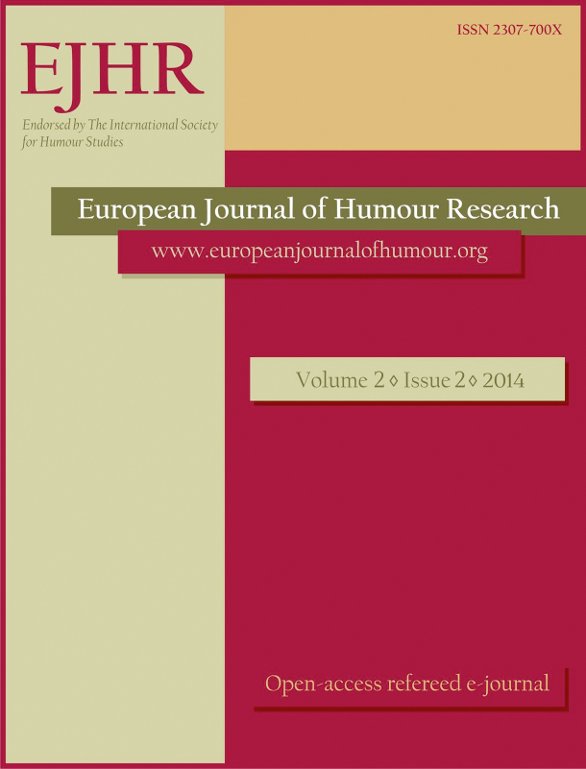“I see,” said Tom icily:
“I see,” said Tom icily:
Tom Swifties at the beginning of the 21st century
Author(s): Anna T. LitovkinaSubject(s): Language and Literature Studies, Theoretical Linguistics, Applied Linguistics, Pragmatics, Descriptive linguistics
Published by: Krakowskie Towarzystwo Popularyzowania Wiedzy o Komunikacji Językowej Tertium
Keywords: Keywords: Tom Swifty; adverb; punning; paronym ; homonym; wellerism;
Summary/Abstract: This paper gives a definition and historical background of the Tom Swifty , addresses different types of punning employed in Tom Swifties, and discusses topics emerging in them. It also treats the occurrence of proverbs, proverbial phrases, idioms, and aphorisms in Tom Swifties. What is typical for Tom Swifty? It might be consid ered the twentieth century development of the form of folklore called wellerism. Tom Swifty is a wellerism conventionally based on the punning relationship between the way an adverb describes a speaker and simultaneously refers to the meaning of the speake r’s statement. The speaker is traditionally Tom, his statement is usually placed at the beginning of the Tom Swifty, and the adverb at the end of it, e.g. “I see,” said Tom icily (icily vs. I see).
Journal: The European Journal of Humour Research
- Issue Year: 2/2014
- Issue No: 2
- Page Range: 54-67
- Page Count: 14
- Language: English

